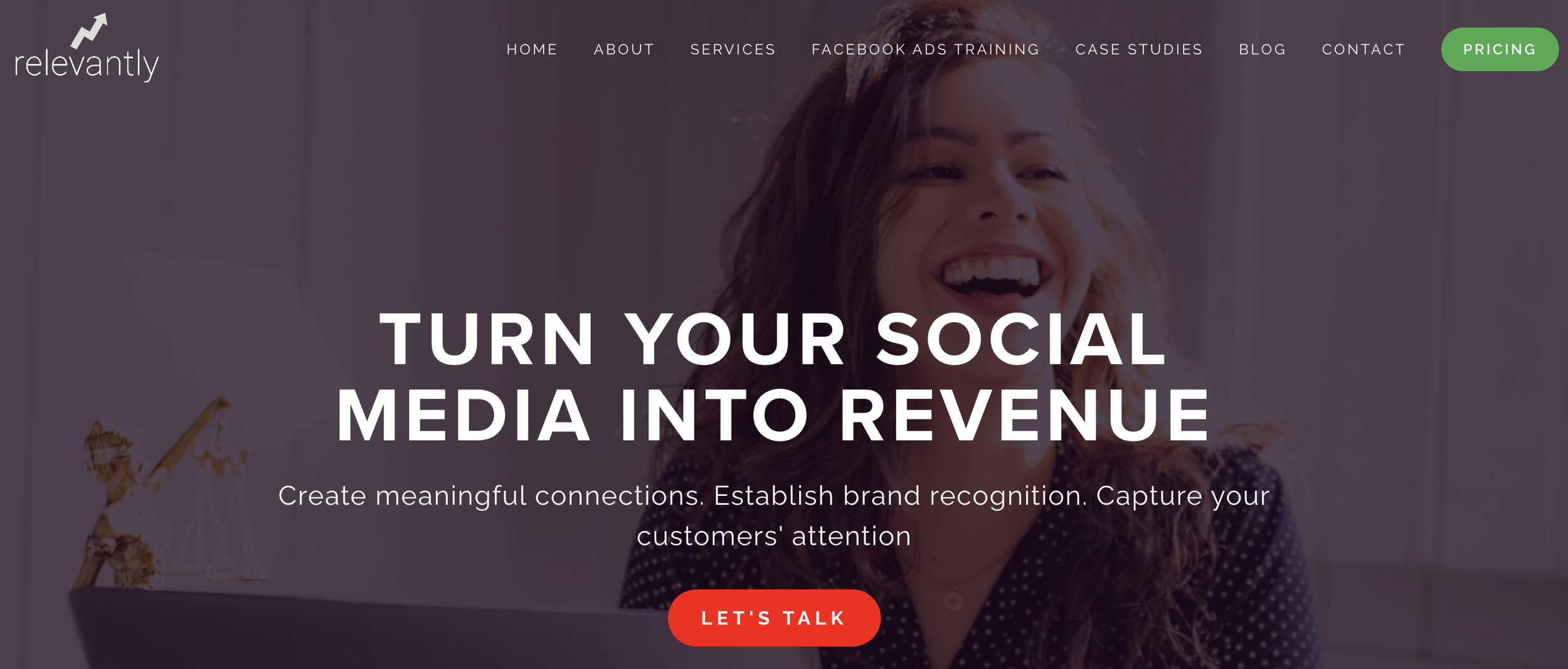In today’s visually driven digital world, interior designers can’t afford to treat social media like an afterthought. Instead, success comes from building a custom strategy that reflects your unique aesthetic, speaks directly to your target audience, and evolves with real performance data. Here’s how to craft a smarter, data-backed social media plan designed to grow your interior design business.
Click on each corresponding link to jump ahead:
If you are an Interior Designer looking for help, contact Relevantly Today!
1) Start with Strategy: Know Your Audience and Goals
Before posting a single image or story, define what success looks like. Do you want to generate leads, increase brand awareness, or drive traffic to your portfolio? Setting measurable goals helps you choose the right platforms, posting frequency, and content types.
Just as you design a room with a specific client in mind, you should build your social content around your ideal customer persona. For example:
A luxury designer might focus on Pinterest and Instagram Reels, showcasing high-end transformations.
A home stager targeting real estate agents may find better ROI on LinkedIn with before-and-after posts and staging tips.
Your strategy should be as intentional as your designs.
2) Use Analytics to Guide Every Decision
One of the biggest mistakes interior designers make is posting blindly without understanding what’s actually working. That’s where analytics come in.
Platforms like Instagram, Pinterest, and Facebook offer powerful built-in tools to track:
Post reach and engagement
Follower growth
Website clicks
Saves and shares
Let’s say you notice your videos get 3x more engagement than photos. That’s your cue to double down on video content—perhaps filming short styling tips or client walkthroughs. Or, if a carousel post about kitchen renovations went viral, consider creating a series on that topic.
Analytics help you move from guesswork to growth, optimizing your content based on actual audience behavior.
3) What Works: Real-World Content & Targeting Examples
Some of the most effective social strategies for interior designers come from using the right mix of content types and audience targeting. Here are a few real-world tactics that drive results:
Before-and-After Transformations: These posts show your expertise visually and stop users from scrolling.
Behind-the-Scenes Stories: Give followers a glimpse into your process, material selection, or a project in progress.
Style Tips & Mini Tutorials: Quick design advice positions you as an authority and invites engagement.
Hashtag Targeting: Use location-based and niche design hashtags (e.g., #TorontoInteriors, #ModernFarmhouse) to attract local and style-specific clients.
Promoted Posts: Target Instagram and Facebook ads to homeowners in your region or age/income brackets aligned with your clientele.
Design firm Studio LUXE increased consultation bookings by 40% simply by promoting their “7 Days of Kitchen Inspiration” carousel to Toronto homeowners aged 30–55. Strategic targeting made all the difference.
4) Ready to Level Up? Let’s Build Your Custom Strategy
Creating a winning social media presence takes more than just pretty photos. It requires a smart plan, real data, and ongoing refinement. Whether you’re starting from scratch or looking to refresh your digital approach, our team is here to help.
👉 Schedule a free strategy session today and let’s talk about where your brand stands and how we can build momentum.
Or, take the stress off your plate and let us handle your social media management—from custom content to analytics-driven growth. We’ve helped interior design businesses across Canada turn scrolls into sales—and we can do the same for you.



























